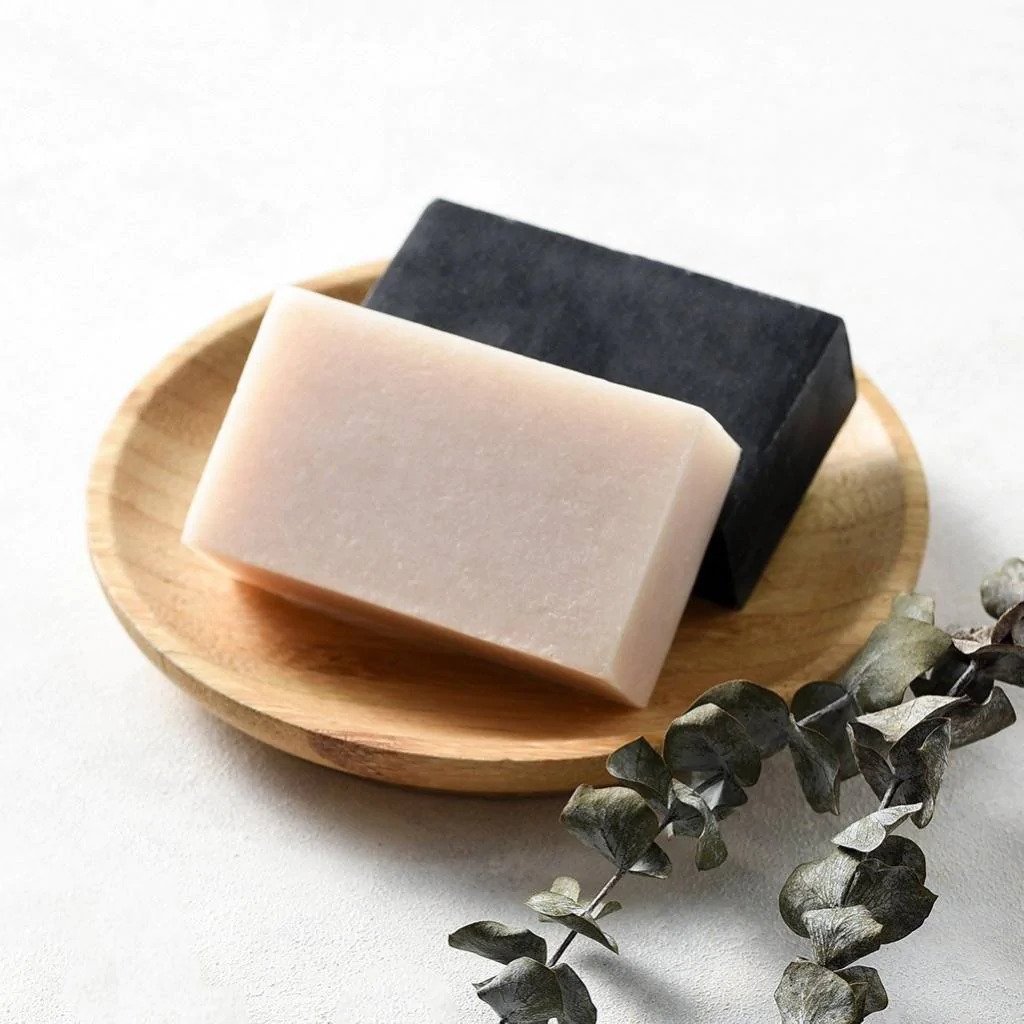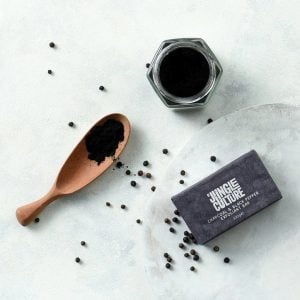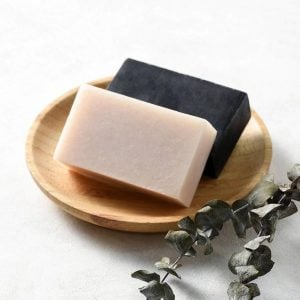
If You Hesitate Between Liquid and Bar Soap Read This Guide
The modern consumer is often faced with a choice of which soap to buy – liquid or bar. Our great-grandmothers did not have this option; after all, liquid soap in its contemporary version was only introduced thirty years ago. The volume of liquid soap produced increases year after year as its popularity grows in comparison to solid soap. But first, let’s take a closer look at the contrasts and similarities between these two items.
What is the content for both liquid and bar soaps?
The essential difference between liquid and solid soaps, in addition to consistency, is in the composition of the product.
There are two types of liquid soap. The first and most common type of liquid soap is made on the basis of synthetic surfactants. As the latter, sodium lauretha sulphate is the most widely used. This substance has high detergency in the water of any temperature, gives abundant foam and is inexpensive. However, lauretha sulphate negatively affects the protective lipid layer of the skin and irritating it.

The second type of liquid soap is obtained by saponification of fats and oils with potassium alkali. However, in order to obtain a high-quality product with high foaming, in this case, it is necessary to use more expensive oils: olive and coconut. This type of soap is not widely used due to its relatively high cost.
Natural bar solid soap is made by saponification of vegetable oils and animal fats with caustic – sodium alkali. Palm, palm kernel and coconut oils are used as starting oils. Treatment with sodium alkali of oils gives a solid mass, which is then flavoured and saturated with useful additives: extracts, vitamins, dietary supplements, etc.
Sodium and potassium salts are equally safe for the consumer, they are identical in the composition of the soap and do not significantly affect the consumer properties of the soap.
How both of them working?
Liquid soap is often packaged in bottles with a dispenser. It is more convenient to avoid picking up a bar of soap. As a result, liquid soap is increasingly commonly utilised in public settings such as hospitals, workplaces, shopping malls, and cafés.
Despite being in frequent touch with the dirty surface of the hands, solid soap does not acquire germs because they are not resistant to the alkaline environment of the soap.
But in a diluted solution of liquid soap based on surfactants, bacteria do not die – therefore, the composition of liquid soap necessarily contains a sufficient number of preservatives that do not allow the soap to “succumb” to bacteria. Liquid soap is suitable for allergy sufferers and people with sensitive skin. Liquid soap is also less environmentally friendly than bar soap due to preservatives and synthetic surfactants.
On the other hand, the pH level of the surfactant-based liquid soap is close to neutral and more physiological for the skin, therefore, it dries the skin less.

Thus, the choice between liquid and bar soap is a choice between convenience and naturalness, between soap that hardly dries the skin – and soap that does not harm nature. In the end, it’s all up to you what to choose. The place where you can get both liquid and solid bar products is the Jungle Culture website.
WANT TO RECEIVE PERSONAL, STYLISH SUGGESTIONS TO YOUR EMAIL?
FILL OUT THE FOLLOWING FORM: